The Birth of the Packard Automotive Plant
In 1903, the Packard Automotive Plant began its construction in Detroit, Michigan, and was completed in 1911. Designed by Albert Kahn Associates, the 3,500,000-square-foot factory was a marvel of its time.
The Packard Automotive Plant pioneered the use of reinforced concrete in industrial construction within the automotive industry in the United States. This innovation marked a significant advancement in the field of architecture and engineering.
The plant was opened with 10,000 square feet of floor space in 1903 and was considered the world's most modern automobile manufacturing facility. By 1908, it had expanded six times its original size, occupying over fourteen acres of space.
During its peak, the complex employed 40,000 people, including skilled artisans in over eighty trades. From 1903 to 1956, it produced luxury Packard automobiles, except during World War II, when it shifted to war material production.
The plant was vital during the war in producing the Packard V-1650 Merlin engine, which powered the North American P-51 Mustang fighter plane. This contribution to the war effort further solidified the Packard Plant's reputation as a significant industrial hub.
Expansion and Peak Years
The Packard Automotive Plant continued to grow and modernize, becoming a symbol of Detroit's industrial prowess.
Its architectural innovations and efficient production methods made it a model for other factories. The plant's expansion was a testament to the booming automotive industry in Detroit, reflecting the city's economic prosperity.
During World War II, the plant shifted its focus to support the war effort. It played a crucial role in producing engines and other war materials, showcasing its adaptability and commitment to national interests.
This period marked a significant chapter in the plant's history, highlighting its importance beyond luxury car manufacturing.
The post-war years saw the Packard Plant at the height of its influence. It continued to be a hub for innovation and production, contributing significantly to Detroit's reputation as the world's automotive capital. The plant's success during this period reflects the broader success of the American automotive industry.
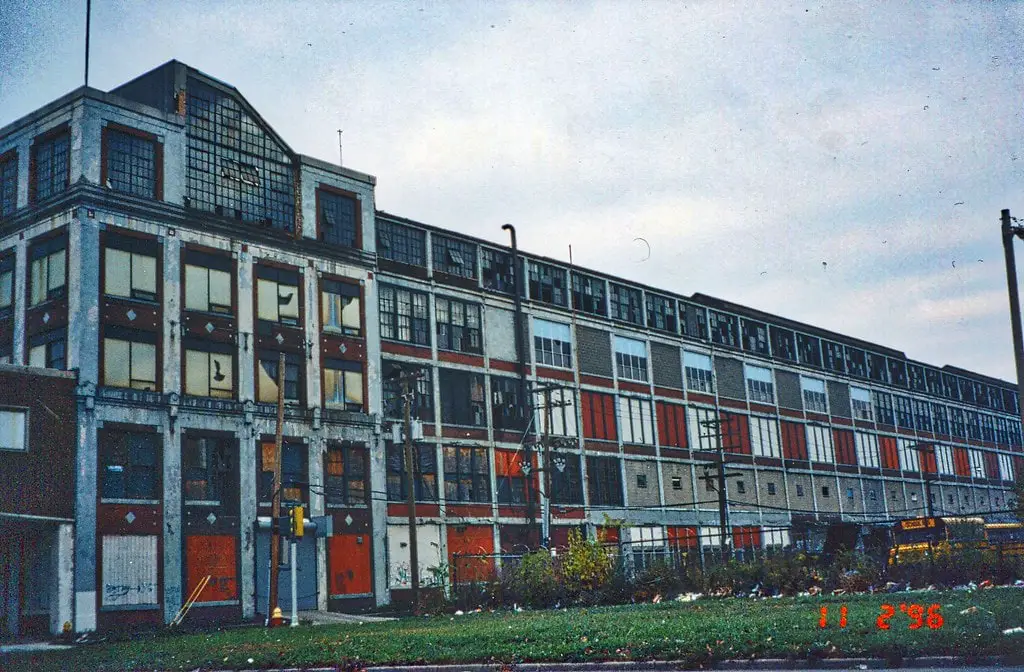
Decline and Closure
Despite its success, the Packard Automotive Plant faced challenges that led to its decline. Changes in the automotive industry, economic shifts, and internal struggles contributed to its eventual closure in 1958. The plant's decline mirrored the broader challenges faced by Detroit and the American automotive industry.
The Packard factory complex shut its doors in 1958, although other businesses continued to utilize the space for operations or storage until the late 1990s. This closure symbolized a significant turning point, cementing a legacy of innovation and triumph. Yet, the plant's narrative turned unexpectedly, breathing new life into the site.
During the 1990s, the abandoned buildings became venues for notorious underground raves and techno gatherings. The city of Detroit took possession of most of the property in 1994 due to the failure of previous owners to settle back taxes.
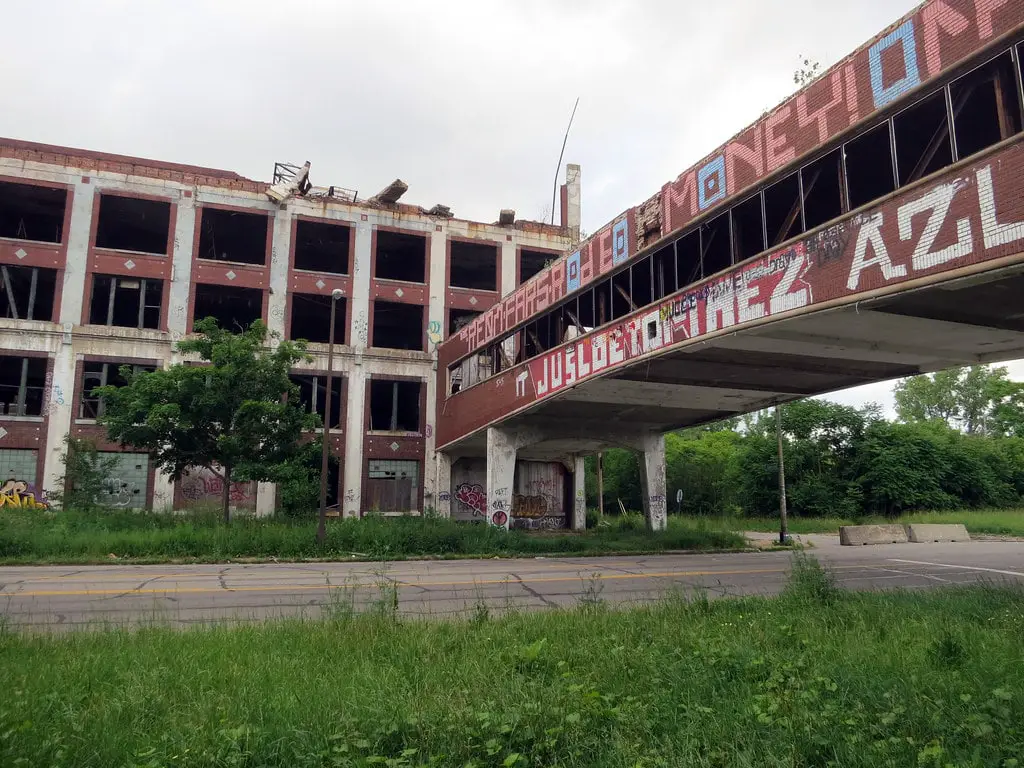
Abandonment and Vandalism
Since its abandonment, the plant became a haven for graffiti artists, urban explorers, paintballers, and auto scrappers. The site's decay and unique architecture attracted people worldwide, symbolizing urban exploration and creativity.
The plant also became a target for vandals, leading to significant damage and legal actions by the city. Efforts were made to secure the property, but maintaining such a vast complex proved difficult. The plant's decline symbolized Detroit's broader struggles with urban decay.
The reinforced concrete structures remained intact and structurally sound despite years of neglect. Various attempts at demolition were made, but the city of Detroit pledged legal action to have the property demolished or secured. The plant's resilience and continued existence became a testament to its historical significance.

Cultural Impact and Legacy
The Packard Automotive Plant's architectural innovations and role as a hub for artists and urban explorers have left a lasting impact on art and architecture. Its unique design and history continue to inspire creativity and exploration, making it a symbol of Detroit's cultural richness.
The plant's rise and fall reflect the broader story of Detroit's industrial history. Its success, decline, and continued existence symbolize the city's economic challenges and resilience. The Packard Plant is a reminder of Detroit's industrial legacy and the complex relationship between industry, culture, and urban decay.
The Packard Automotive Plant's story is far from over. Its enduring legacy continues to captivate and inspire, symbolizing innovation, creativity, and resilience. Its history is a testament to the ever-changing nature of industry and culture, and its future remains an intriguing part of Detroit's ongoing transformation.
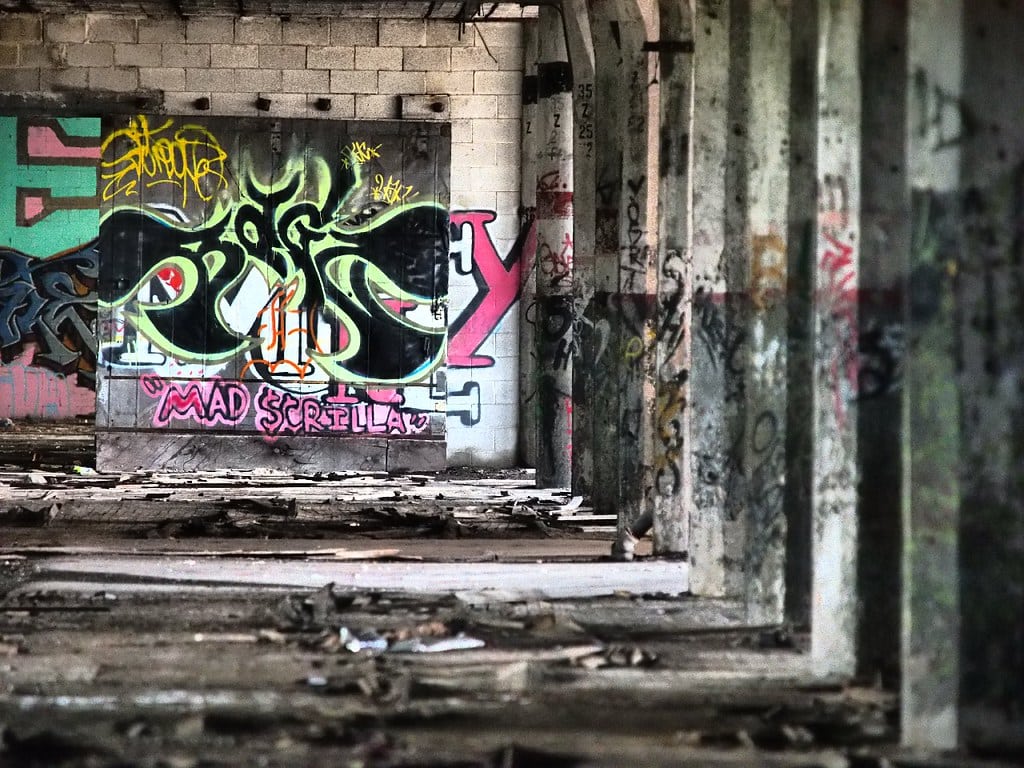
Attempts at Redevelopment and Demolition
The plant was put up for auction in 2013, and Spanish investor Fernando Palazuelo purchased it for $405,000.
Palazuelo planned to redevelop the site into a mixed-use space, including residential, retail, offices, light industry, recreation, and art. However, as of August 2016, no redevelopment had occurred, and skepticism remained about the project's feasibility.
In October 2020, the original redevelopment vision was abandoned, and large-scale demolition plans were announced. Demolition began on building 21 on October 27, 2022, and a second round began on building 28 on January 24, 2023.
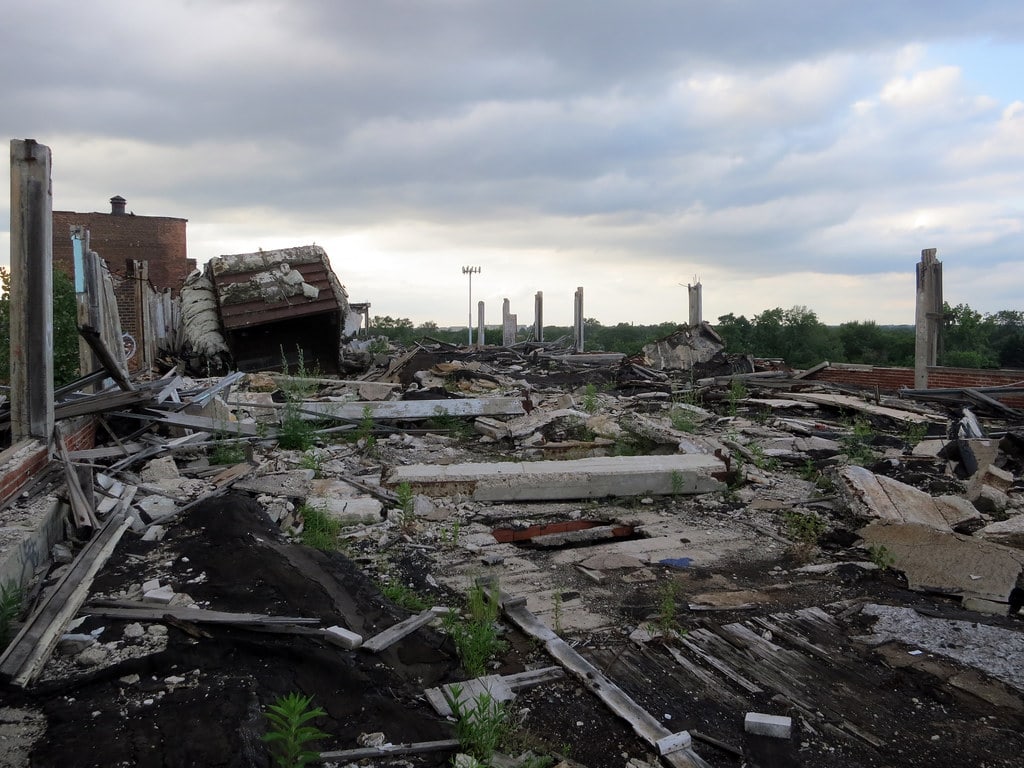
Latest Developments (2023)
The latest developments include demolishing a second significant portion of the Packard Automotive Plant, initiated by the City of Detroit. The city has approved a nearly $1.7 million contract to demolish a part of the plant, reflecting a renewed commitment to addressing the site's challenges.
The city of Detroit halted demolition in April 2023, and the plant currently sits empty and partially demolished. Detroit's officials have announced plans to preserve select structures within the Packard Automotive Plant as a nod to its historical significance while scheduling continued demolition of other parts throughout 2023.
These efforts balance honoring the past and looking to the future, ensuring that the Packard Plant's legacy remains part of Detroit's evolving landscape.
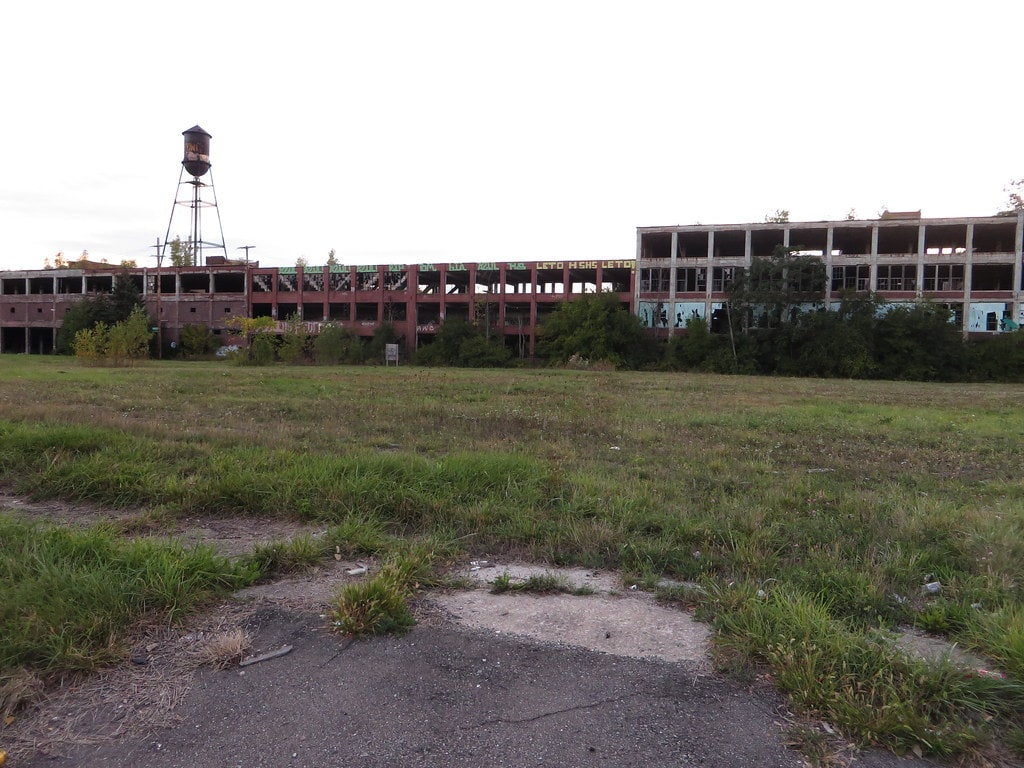
Conclusion
The Packard Automotive Plant in Detroit, MI, is more than just a relic of the past; it symbolizes a city's industrial might, cultural evolution, and resilience. Its story is a part of Detroit's history, reflecting a once-thriving industrial hub's rise, fall, and transformation.
From its innovative construction to its role in the automotive industry, the Packard Plant has left an indelible mark on Detroit's landscape. Its decline and abandonment tell a tale of economic challenges, urban decay, creativity, exploration, and a city's determination to honor its heritage while looking to the future.
The ongoing efforts to preserve parts of the Packard Automotive Plant and the city's commitment to redevelopment reflect a balance between nostalgia and progress. The Packard Plant's story continues to inspire as a reminder of Detroit's industrial legacy and a symbol of its ongoing transformation.
